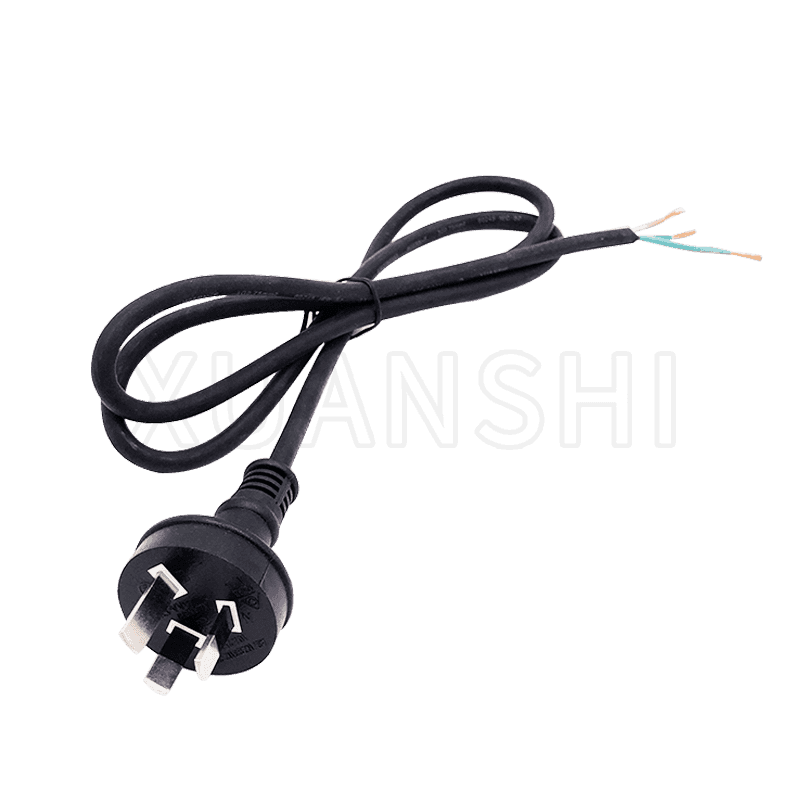To correctly insert and secure the fuse into the power cord, follow these steps:
Ensure Safety: Safety should always be the foremost priority when dealing with electrical components. Begin by meticulously unplugging the power cord from the electrical outlet. Before proceeding, conduct a comprehensive safety assessment of the surrounding area to eliminate any potential hazards. Confirm that the work environment is dry and well-ventilated. Ensure that you are equipped with appropriate personal protective equipment, such as insulated gloves and safety goggles, to mitigate the risk of electric shock or injury.
Select the Correct Fuse: Adhere strictly to the manufacturer's specifications when selecting a replacement fuse for the power cord. Refer to the product documentation or labeling to ascertain the precise fuse rating required for optimal performance and safety. The fuse rating, measured in amperes (amps), must align precisely with the electrical specifications of the connected device or appliance. Under no circumstances should a fuse with a higher or lower rating be substituted, as doing so could compromise electrical integrity and pose significant safety risks.
Remove the Old Fuse (if applicable): If the fuse compartment contains a pre-existing fuse that requires replacement, execute the removal process with utmost care and precision. Employ gentle yet deliberate maneuvers to extract the old fuse from its housing, taking care to avoid exerting excessive force that may cause damage to the fuse or surrounding components. Depending on the design of the fuse compartment, the removal procedure may entail employing specialized tools or following specific disengagement protocols outlined in the user manual.
Insert the New Fuse: Handle the replacement fuse with meticulous attention to detail, ensuring that it remains free from any defects or damage. With steady hands, insert the new fuse securely into the designated slot within the fuse compartment. Exercise caution to align the fuse correctly with the corresponding connectors or terminals within the compartment, ensuring proper electrical continuity and contact. Confirm that the fuse fits snugly into place without any loose or protruding elements that could impede functionality.
Check Orientation: Prior to finalizing the insertion of the new fuse, meticulously verify its orientation to ensure alignment with the prescribed polarity or directional indicators provided by the manufacturer. Take note of any specific markings or visual cues within the fuse compartment that delineate the correct positioning of the fuse. Align the fuse meticulously in accordance with these directives to prevent any potential reversal or misalignment that could compromise electrical performance or safety.
Secure the Fuse: If the fuse compartment features a dedicated securing mechanism, such as a protective cap, cover, or retaining clip, take proactive measures to ensure its proper engagement and fastening following the insertion of the new fuse. Exercise precision and attention to detail when securing the protective mechanism in place, ensuring a tight and secure fit that effectively encapsulates the fuse within the compartment. This safeguard prevents inadvertent dislodgment or displacement of the fuse during routine operation, thereby minimizing the risk of electrical malfunction or hazard.
Reassemble (if necessary): In instances where the replacement of the fuse necessitates the partial disassembly of additional components, such as protective covers or casings, proceed with caution and diligence to reassemble the power cord assembly seamlessly. Refer to the user manual or instructional materials provided by the manufacturer for comprehensive guidance on the proper reassembly procedure. Pay meticulous attention to detail when realigning and reattaching individual components, ensuring that all connections are securely fastened and tightened to preserve the structural integrity of the power cord assembly.
Australian 3 pin plug power cord JL-5
